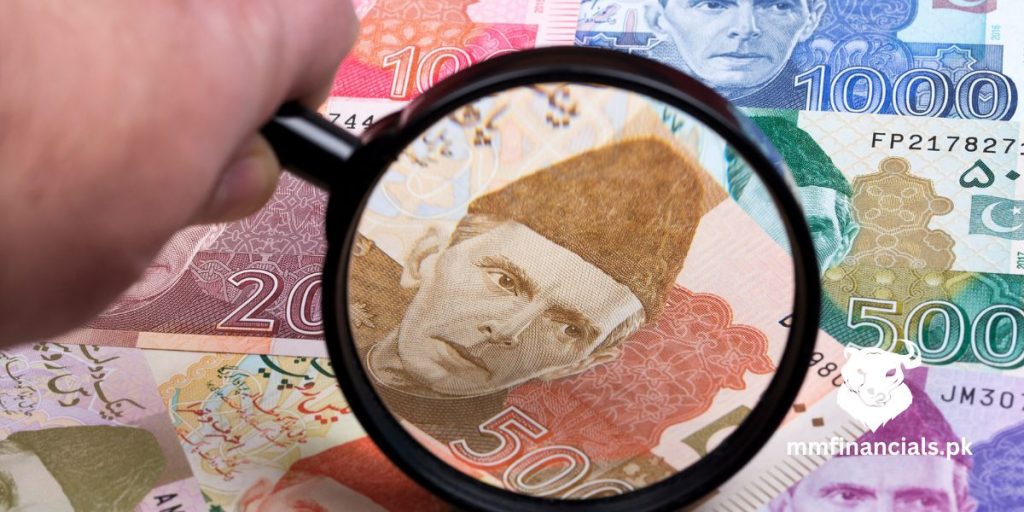The Pakistani rupee (PKR) has extended its decline against the US dollar for a fourth straight session, with a slight depreciation observed in Wednesday’s interbank trading, losing 4 paisa. The day concluded with the PKR adjusting to a slightly lower position, trading at 279.3535 per USD from its previous standing at 279.3136 per USD.
This ongoing depreciation comes amid political uncertainties following the general elections on February 8, which seemingly disrupted the PKR’s stable trend against the dollar observed for some time. The recent election of Shehbaz Sharif as Prime Minister for a second term has introduced a new dynamic into the country’s political landscape.
Prime Minister Sharif has emphasized the need for significant reforms across various sectors to bring about a transformative change in Pakistan. Additionally, the International Monetary Fund (IMF) has signaled its readiness to work with the new administration to develop policies aimed at ensuring macroeconomic stability in the country.
PKR INTERBANK EXCHANGE RATES ON MARCH 06, 2024
| Country Name | Symbol | Rate |
|---|---|---|
| United States | USD | 279.35 |
| Eurozone | EUR | 303.41 |
| United Kingdom | GBP | 355.06 |
| Japan | JPY | 1.8680 |
| United Arab Emirates | AED | 76.06 |
| Saudi Arabia | SAR | 74.48 |
| Australia | AUD | 182.05 |
| Canada | CAD | 205.57 |
OIL
West Texas Intermediate (WTI) oil prices have experienced a downward trend for the third consecutive session, with the latest rate at approximately $77.46 per barrel, amidst concerns of a potential demand slowdown. This trend reflects growing apprehension over recent U.S. economic indicators suggesting a cooling economy, notably a dip in the ISM Services PMI and a significant fall in Factory Orders. Such economic signals, alongside cautious remarks from former New York Fed economist Steven Friedman regarding the Federal Reserve’s interest rate policy, hint at a more restrained approach to rate cuts than previously anticipated.
This situation is further complicated by global economic factors, including central banks’ inclination to maintain high-interest rates and China’s modest growth targets without substantial economic stimulus, affecting crude oil demand forecasts. Additionally, despite OPEC+ efforts to stabilize the market through significant oil output cuts, uncertainties around demand and unexpected increases in U.S. crude inventories add layers of complexity to the market’s outlook.

